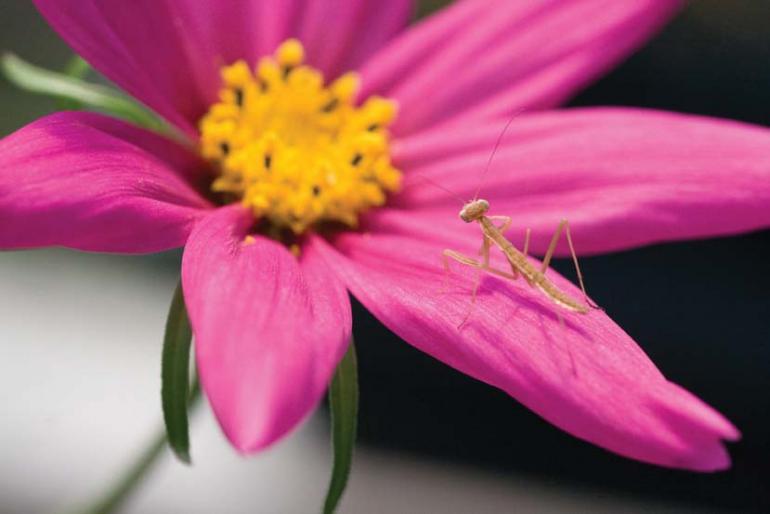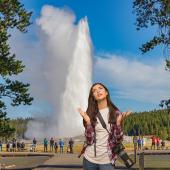Fresh Cut Photos
Springtime in Montana offers many photo opportunities. But capturing wildflowers, snowmelt, and other beautiful scenes with a digital SLR camera is challenging, especially if you're trying to get those up-close shots that everyone oohs and aahs about. So here a few tips for getting better photos.
Using the Right Lens
Get one between 50mm and 200mm long. Most lenses will not focus close enough for a tight shot, so the more magnification you use, the greater the working distance you have. Try a set of macro filters to change the minimum focusing distance of your lens. Sold in sets, filters can be stacked for greater effect. A better way to get closer focus is the use of an extension tube, which acts as a spacer between your camera and lens, moving the point of focus much closer. Extension tubes maintain the original sharpness of your lens and can also be stacked. Though a little expensive, a true macro lens is the best tool. Filters and extension tubes can produce image distortion, but macro lenses are corrected for this and give the best depth of field.
Three Legs Are Better Than One
As with much of photography, a tripod is essential. The closer you are to an object, the shallower the depth of field becomes, so to compensate, you should use an aperture of f-16 or smaller. This restricts the amount of light that gets through the lens and slows down the shutter speed, making a tripod helpful. Use a cable release or the self-timer feature to prevent shake when starting the exposure.
Manual Labor
Focusing in macro is often done manually. Picking the point of focus is extremely important due to the shallow depth of field, so focus about 1/3 of the way into the flower and take a test shot. If your camera is equipped with live view, use the zoom feature to magnify the image and check for critical focus.
Seeing Aids
Viewing aids are helpful for macro photography. A 90-degree viewfinder attachment makes the camera easier to see through. Some recent cameras with live view capability and twisting LCD monitors are also useful for composition.
Wake Early and Carry a Big Panel
Good lighting is essential to all photography. The best time to shoot is early morning, allowing low-angle, warm light for great results. Dew may be present at this time of day and can make your photo more interesting. Insects can also add interest and move much more slowly in cool morning temperatures.
There are some simple ways to enhance the lighting when good natural light is not available. If harsh shadows are present, use a reflector to fill them in. A silver reflector shows more detail in the plant, a gold reflector casts warm light, and a white reflector casts soft light. If shooting midday, hold a diffusion panel over the subject to soften the light.
Get Out There!
Wildflower blooms are more prolific following heavy precipitation and vary according to elevation. It is possible to get great flower photos into late summer by traveling to higher elevations. National parks can be a good place to find wildflower blooms, but be careful to follow park rules about leaving pathways and boardwalks. For added fun, pick up a book on flower identification, and see how many different species you can shoot this season. Be creative, and have fun outside!
Marshal Lewis is the owner of Bozeman Camera on N. 7th in Bozeman, 586-8300.











